Tratics Rail Rate Blog
45 Years of the Staggers Rail Act: Progress and Balance
Read more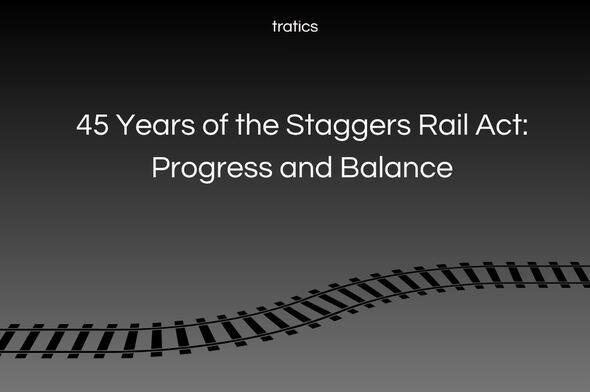
Understanding Freight Rail Rates: What Shippers Should Know
If you’re stepping into the world of rail logistics, one of the first questions you’ll have is how rail rates actually work. For many new logistics professionals and new shippers, it can feel like a mystery. Rates aren’t just a flat fee, they are shaped by a mix of factors that all come together to determine what you’ll pay. The good news is that once you understand the basics, managing freight costs becomes a lot easier.
Read more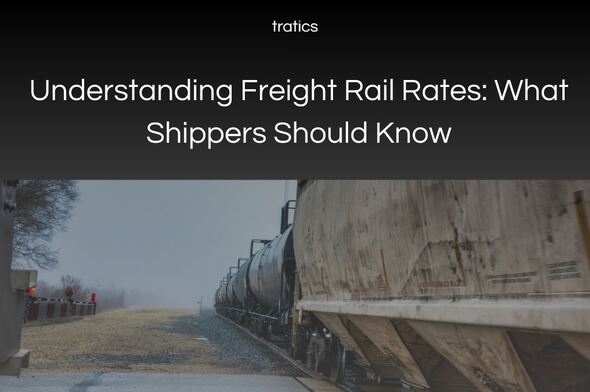
How Tratics Delivers Real-Time Rail Pricing for Smarter Freight Decisions
In rail freight logistics, timing and transparency are key. While shipment visibility and routing tools have advanced significantly in recent years, access to reliable, real-time pricing has lagged behind—forcing shippers to frequently make critical decisions based on incomplete data.
Read more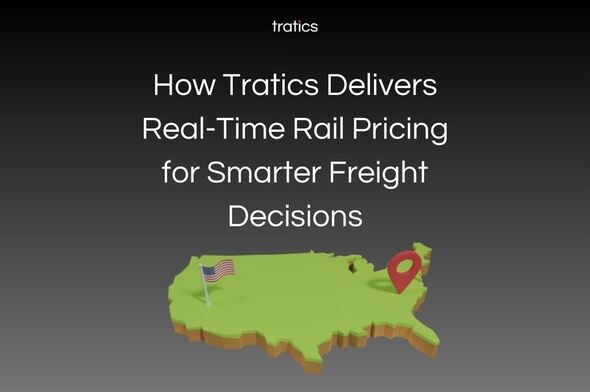
Keeping up with the Market: How Tratics' Real-Time Rail Pricing Helps Shippers Move Faster
Speed to market isn’t just important - it’s essential. Opportunities come and go quickly, and shippers need to be able to react just as fast. Whether it’s securing a rate, finding the best applicable rate, choosing the right carrier, or planning around market shifts, having timely cost information can make a significant difference in sales performance. This is where Tratics comes in.
Read more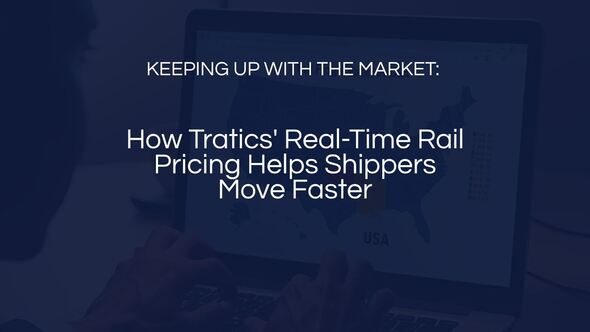
Railcar Fleet Maintenance: Overcoming Challenges and Ensuring Efficiency
Maintaining a railcar fleet involves a range of unique challenges for shippers. This has become even more pronounced in recent years due to global disruptions. The shops that provide repair services have been dealing with workforce shortages and supply chain issues. This has created additional obstacles that impact the speed and efficiency of railcar repairs and fleet maintenance.
Read more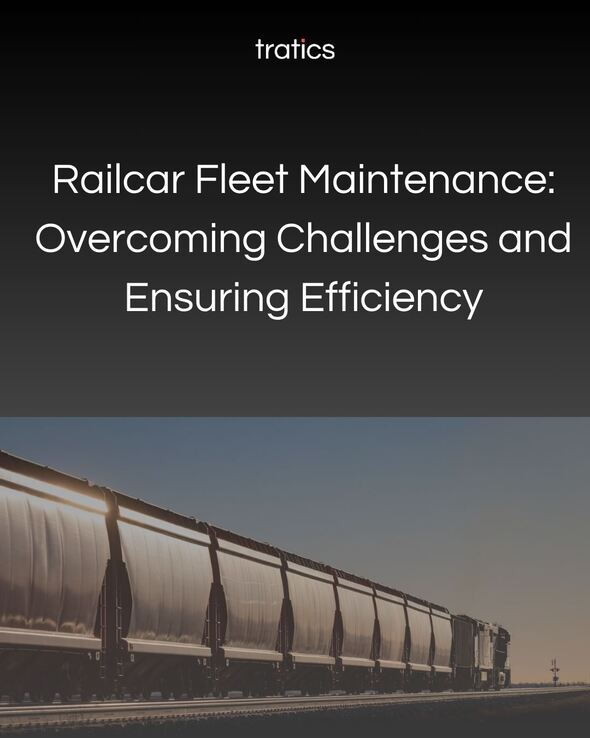
The Freight Railcar Act of 2025
The reintroduction of the Freight Rail Assets Investment to Launch Commercial Activity Revitalization Act (Freight Railcar Act) of 2025 has brought renewed attention to the state of the U.S. freight rail industry. The bill proposes a 10% tax credit for upgrading and expanding the freight railcar fleet. Supporters see it as a necessary step toward US rail fleet modernization and efficiency.
Read more
Top States for Rail Freight in the U.S.: A Comprehensive Analysis
Rail freight plays an indispensable role in the American economy, moving over 10 billion tons of goods and supplies across the country each year. This extensive network of railroads is crucial for the efficient transportation of a vast array of commodities, from raw materials to finished products. The efficiency and effectiveness of this system vary significantly by state, depending on various factors including industrial activity, transportation infrastructure, and geographic location. Here, we explore the states that lead in both loading and receiving rail freight, highlighting their essential contributions to the national supply chain.
Read more
Transloading: What is it and how it can help you transport products in a cost-efficient way
In today’s fast-paced logistics landscape, businesses are constantly looking for ways to improve efficiency and reduce costs. Transloading has emerged as a cornerstone of modern supply chain strategies, offering a seamless way to transfer goods between different modes of transportation. By combining the cost advantages of rail with the flexibility of trucking, transloading helps businesses extend their reach while maintaining efficiency. This article explores the concept of transloading, its benefits, operational processes, necessary equipment, and essential safety considerations.
Read more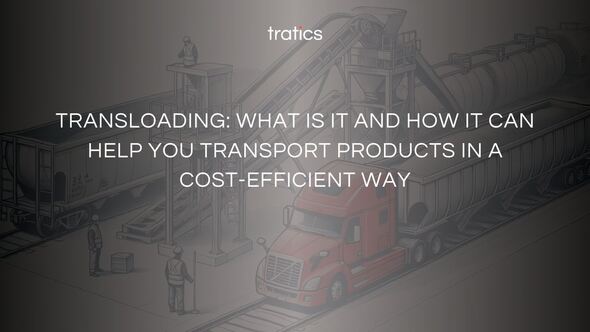
Tratics Continues to Innovate in Rail Logistics: Rail Pricing Transparency Meets SAP
Today we are announcing a pioneering cooperation between Tratics LLC and Synergy Consulting LLC with the purpose of helping North American rail shippers integrate rail rates and all related activities into SAP. This collaboration brings together Tratics' deep expertise in rail pricing transparency with Synergy Consulting’s global leadership in SAP integrations. Together, we aim to redefine rail rate management for rail shippers by creating a seamless integration of rail pricing data into SAP software.
Read more
Owning vs. Leasing Freight Cars
Rail shippers frequently face a critical decision: whether to own or lease freight cars. This is a complex decision that is influenced by factors such as need for operational control, financial considerations, and long-term business commitment. In the North American railcar fleet, currently over 60% of all cars are leased or owned by entities other than the railroads themselves. This statistic underscores the significant role that leasing and ownership play in the logistics and transportation industries.
Read more
